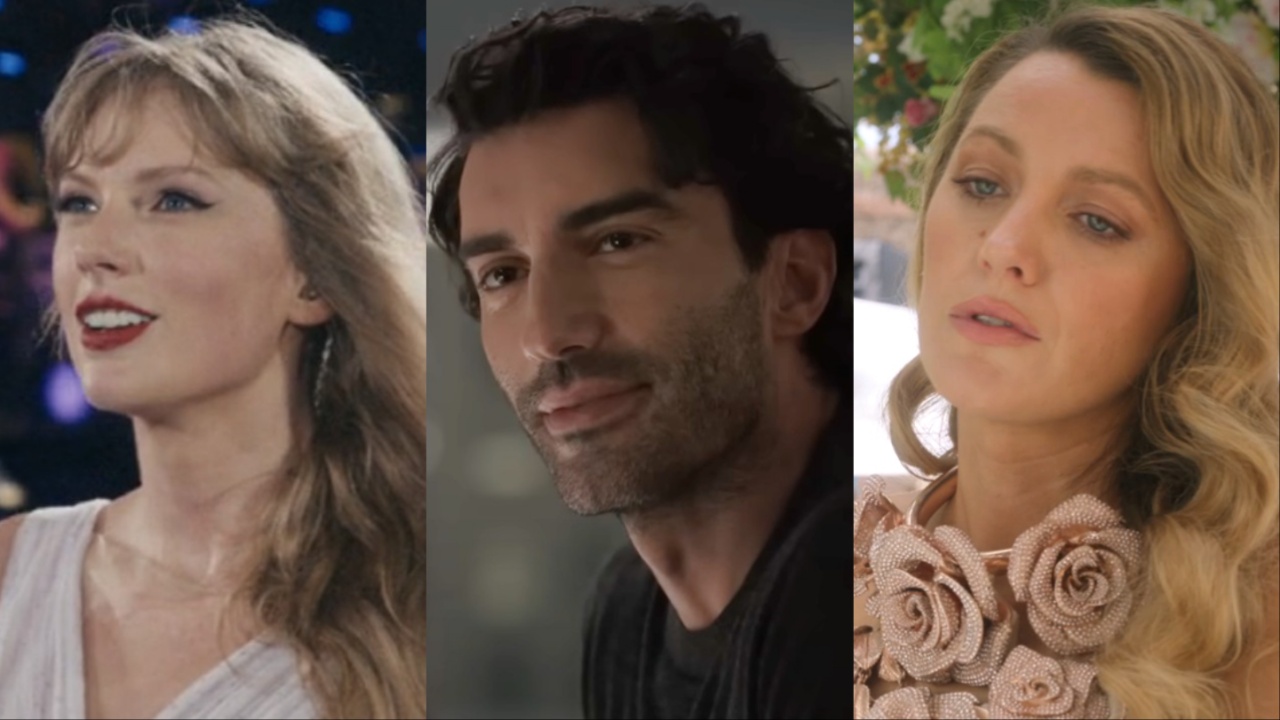“Life is Strange: Double Exposure” Resurrects Beloved Franchise
A review of the new game in the Life is Strange series, one that returns the original protagonist, with mixed results.

There was a wave of what could be called interactive animated films in the video game world in the 2010s, led by Telltale Games and their excellent adaptation of Robert Kirkman’s “The Walking Dead.” Telltale would release games in chapters, almost like a limited series comic book on a monthly release schedule. And they would expand to notable franchises like “Wallace & Gromit,” “Back to the Future,” “Jurassic Park,” “Game of Thrones,” “Guardians of the Galaxy,” and more.
However, they weren’t alone. 2015 saw the release of one of the most popular interactive games of all time in “Until Dawn,” recently released in a PS5 remaster, and that same year saw the launch of Dontnod Entertainment and Square Enix’s “Life is Strange,” a truly excellent piece of video game storytelling about a young woman named Max who discovers that she can rewind time, but learns that fixing one error in a timeline won’t necessarily lead to more. It was followed by a prequel titled “Before the Storm” and two sequels with new protagonists in 2018 (“Life is Strange 2”) and 2021 (“True Colors”). Almost a decade after the original, the franchise has returned to its first protagonist in “Life is Strange: Double Exposure,” a game that reminds one what worked so well about the original while resurrecting a few unexpected drawbacks simultaneously.
It's been years since the activity in Arcadia Bay we saw in the original; as an adult. Max Caulfield (voiced by Hannah Telle, doing excellent work here) works as a photographer at Caledon University. Sadly, and controversially to some fans of the original, Chloe, the love of Max’s life around which the first game largely revolved, is easily dismissed with an early game decision about whether she's dead or they just broke up, leaving Max to be joined by a group of new characters at the school.
After a prologue introduces players to Max’s close friends Safi and Moses, Max finds Safi shot. When she attempts to rewind time to save her, Max ends up in an alternate timeline in which Safi is still alive. Can she use her ability to jump between these two realities to figure out who killed Safi? And can she stop it from ever happening?

Whereas “Until Dawn” and even a few Telltale Games feature action in which characters can die, “Life is Strange” is more about dialogue decisions that impact storytelling and behavior more than actual stakes. You can’t die here. There are no checkpoints. At worst, you can get frustrated for a bit when you can’t find a character on the Quad (maybe just me) to push the story forward or possibly within a puzzle (although most of them in this game are arguably too simple).
It is very much like watching an interactive film, in which you can make many mostly minor and a few major decisions, usually in dialogue, that shift the narrative. Most of these shifts are incredibly slight, shaping how certain characters at Caledon feel about Max. Flirt with one character, and it might make getting what you need from them later easier. Betray another and a different route might have to be uncovered. And, of course, all of these dialogue choices impact the ending.
Sorta. More than in the best of the games, it feels like the player has very little control over what unfolds in “Double Exposure.” Again, the puzzle solving is remarkably easy, barely even taking full advantage of Max’s timeline power that allows her to jump between “Living” and “Dead” worlds. And the dialogue choices make for less authorship than normal. It often feels like the story is going to be the story no matter what your Max says or does. The best of these games create a true sense of authorship, the player working in conjunction with the developers to tell a story. This one feels more often like watching than playing.

Having said that, it’s a pretty compelling watch. While it would have been nice to have a few more settings, the world of Max Caulfield—mostly in school buildings, her house, and a bar called the Snapping Turtle—is gorgeously rendered. The characters are well-designed and performed, especially the vulnerable work by Telle, who deftly conveys a woman who has learned through the experience of the first game that, well, with great power comes great responsibility. The score is also excellent, as is the occasional use of original new music that could be called Billie-Eilish-esque. It’s also interesting to note how the developers distinguish the timelines with color palettes—the world is much drabber in the timeline when Safi has been murdered—although they could have done even more with the emotional impact of grief on the world around Max.
While there’s much to like about the storytelling of “Double Exposure,” I still wished for the game to turn a corner that pulled me in instead of relegating me too often to a casual observer making a dialogue choice or taking a snapshot every now and then. An effort to incorporate modern forms of communication like text messaging and social posting feels half-hearted, although I’m not sure there’s a whole-hearted way ever to make reading fake social posts interesting. That could be a sign of my age, and there may be young people looking for an “Instagram Simulator.” After all, life is stranger than ever.
The publisher provided a review copy of this title. It is now available on PlayStation, Xbox, Switch, and Windows.



















